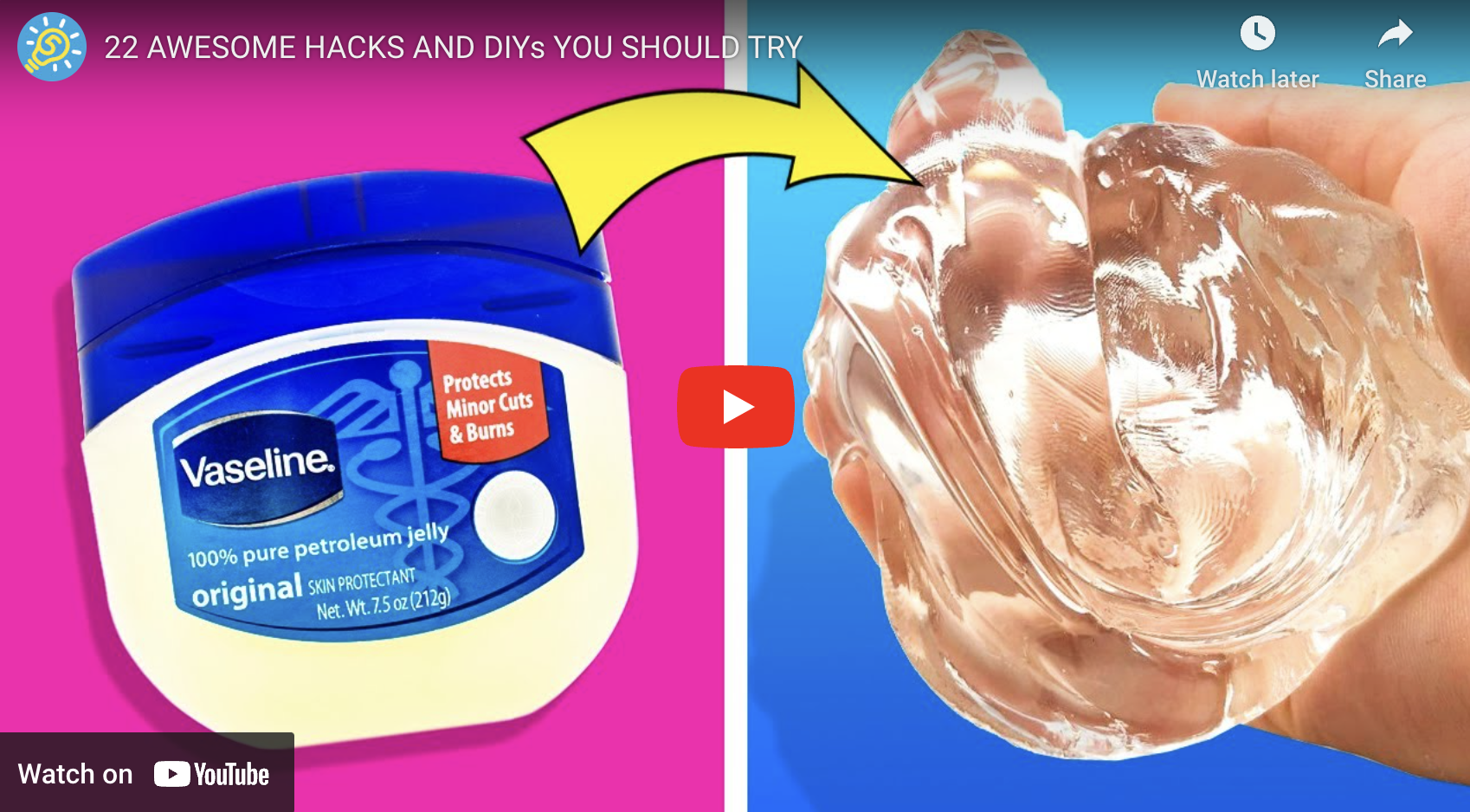Straightening your hair can be a great way to switch up your look and achieve a sleek, polished style. However, overdoing it can lead to damage and breakage. So, how often can you straighten your hair without causing harm? In this article, we will explore this question and provide tips on how to straighten your hair safely.
Trends in hair styling come and go, but one trend that seems to be sticking around is the desire for sleek, straight hair. Many people turn to straightening irons and other heat styling tools to achieve this look. However, it’s important to use these tools carefully to prevent damage to your hair. Here are seven interesting trends related to how often you can straighten your hair without causing harm:
1. Embracing natural texture: Many people are opting to embrace their hair’s natural texture rather than constantly straightening it. This trend promotes healthy hair by reducing the amount of heat styling needed.
2. Heatless styling methods: Heatless styling methods, such as braiding or twisting your hair overnight, are becoming more popular as people seek to minimize heat damage.
3. Protective hairstyles: Protective hairstyles, such as braids or twists, can help to protect your hair from damage caused by frequent heat styling.
4. Using heat protectant products: Heat protectant products are essential for minimizing heat damage when straightening your hair. Look for a product that provides both thermal protection and hydration.
5. Low heat settings: Using lower heat settings on your straightening iron can help to reduce damage to your hair. It may take longer to straighten your hair, but it will be worth it in the long run.
6. Regular trims: Regular trims are essential for maintaining healthy hair, especially if you straighten it frequently. Trimming your hair every 6-8 weeks can help to prevent split ends and breakage.
7. Balancing heat styling with heat-free days: To prevent damage from heat styling, try to balance straightening your hair with heat-free days. This will give your hair a break and allow it to recover from any damage.
Now, let’s hear from some professionals in the field on how often you can straighten your hair without damaging it:
“Over-styling your hair with heat can lead to dryness, breakage, and dullness. It’s important to give your hair a break from heat styling to allow it to recover and stay healthy.” – Hair Stylist
“Using a heat protectant spray before straightening your hair is crucial for preventing damage. Look for a product that provides both heat protection and hydration to keep your hair healthy.” – Salon Owner
“Regular trims are essential for maintaining healthy hair, especially if you straighten it frequently. Trimming your hair every 6-8 weeks can help to prevent split ends and breakage caused by heat styling.” – Hairdresser
“Balancing heat styling with heat-free days is key to preventing damage to your hair. Try to limit the amount of heat styling you do and give your hair a break to allow it to recover.” – Hair Care Specialist
Now, let’s address some common concerns and questions related to how often you can straighten your hair without causing damage:
1. How often is too often to straighten your hair?
– It’s best to limit heat styling to 1-2 times per week to prevent damage. If you can, try to give your hair a break from heat styling altogether.
2. Can I use a straightening iron on wet hair?
– It’s not recommended to use a straightening iron on wet hair, as this can cause damage and breakage. Make sure your hair is completely dry before using any heat styling tools.
3. What should I do if my hair is already damaged from heat styling?
– If your hair is already damaged from heat styling, focus on repairing and restoring it with deep conditioning treatments, regular trims, and minimizing heat styling.
4. Is it okay to straighten my hair every day if I use a heat protectant?
– Even with a heat protectant, it’s best to limit heat styling to prevent damage. Try to give your hair a break from heat styling and use protective hairstyles on alternate days.
5. How can I prevent heat damage when straightening my hair?
– To prevent heat damage, use a heat protectant spray, lower heat settings on your straightening iron, and limit heat styling to 1-2 times per week. Also, consider incorporating heatless styling methods into your routine.
6. What are the signs of heat damage to look out for?
– Signs of heat damage include dryness, breakage, split ends, and dullness. If you notice any of these signs, it’s important to give your hair a break from heat styling and focus on repairing and restoring it.
7. Can I straighten my hair if it’s already damaged?
– If your hair is already damaged, it’s best to avoid heat styling and focus on repairing and restoring it with deep conditioning treatments, regular trims, and minimizing heat exposure.
8. Should I use a straightening iron with ceramic plates?
– Ceramic plates are preferred for straightening irons, as they distribute heat evenly and minimize damage to the hair. Look for a straightening iron with ceramic plates for the best results.
9. How can I maintain healthy hair while straightening it?
– To maintain healthy hair while straightening it, use a heat protectant spray, lower heat settings on your straightening iron, and incorporate heatless styling methods into your routine. Also, make sure to get regular trims to prevent split ends and breakage.
10. Can I straighten my hair if it’s color-treated?
– If your hair is color-treated, it’s important to be extra cautious when heat styling to prevent damage. Use a heat protectant spray and lower heat settings on your straightening iron to minimize damage to your colored hair.
11. Should I use a leave-in conditioner before straightening my hair?
– Using a leave-in conditioner before straightening your hair can help to protect it from heat damage and keep it hydrated. Look for a lightweight leave-in conditioner that won’t weigh your hair down.
12. How can I prevent frizz when straightening my hair?
– To prevent frizz when straightening your hair, use a heat protectant spray, lower heat settings on your straightening iron, and finish with a smoothing serum or oil to tame frizz and flyaways.
13. Can I straighten my hair if it’s naturally curly?
– If your hair is naturally curly, you can still straighten it, but be sure to use a heat protectant spray and lower heat settings on your straightening iron to prevent damage. You may need to use higher heat settings to straighten curly hair, so be extra cautious.
14. What are some heatless styling methods I can try?
– Heatless styling methods, such as braiding, twisting, or using foam rollers, are great alternatives to heat styling. These methods can help to protect your hair from damage while still achieving a polished look.
In summary, it’s important to be mindful of how often you straighten your hair to prevent damage. By using heat protectant products, lower heat settings, and incorporating heatless styling methods into your routine, you can achieve a sleek, polished look while keeping your hair healthy. Remember to listen to your hair’s needs and give it the care and attention it deserves to maintain its health and vitality.
![[Mom Prepared]](https://momwithaprep.com/wp-content/uploads/2024/12/cropped-momlogo-244x56.png)

